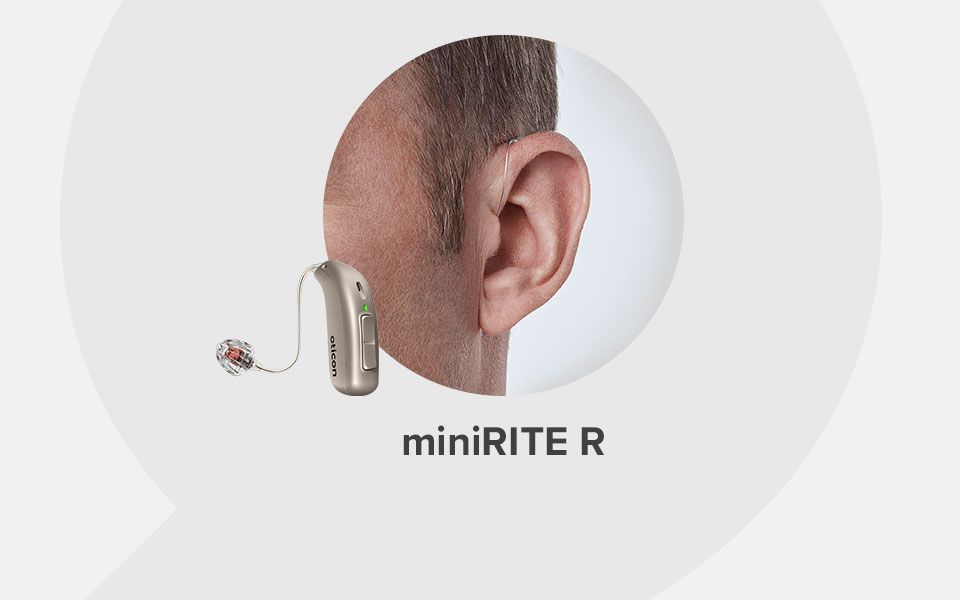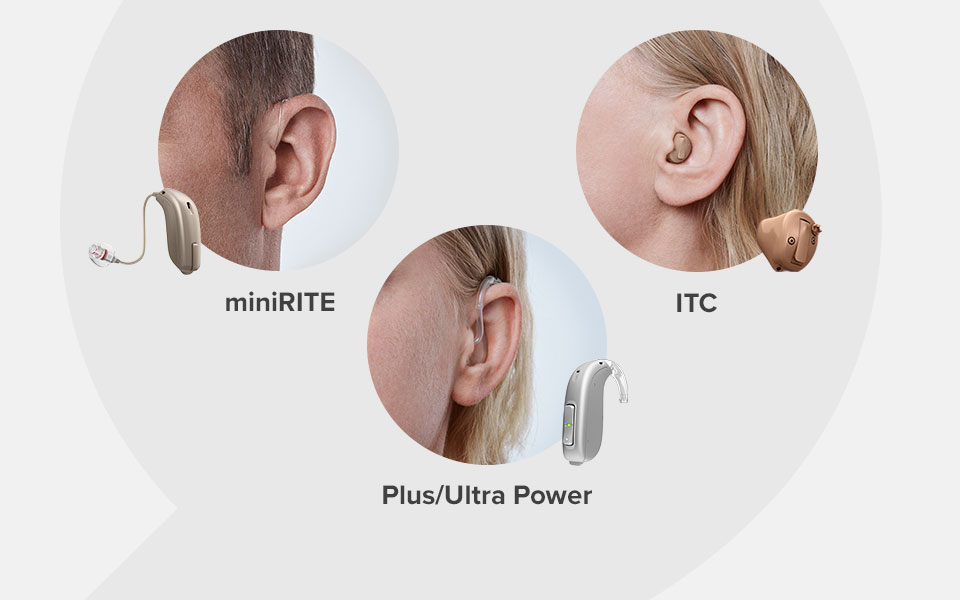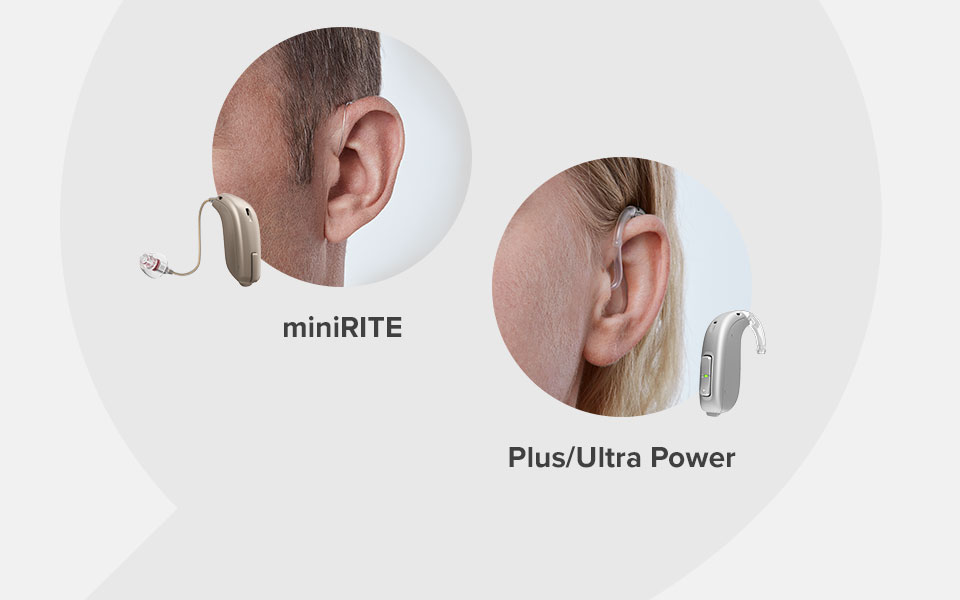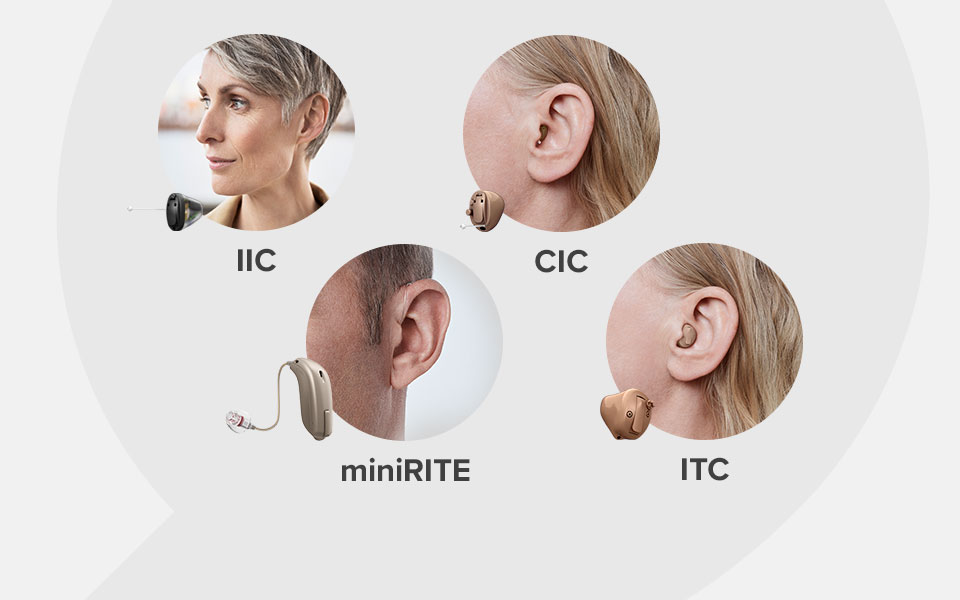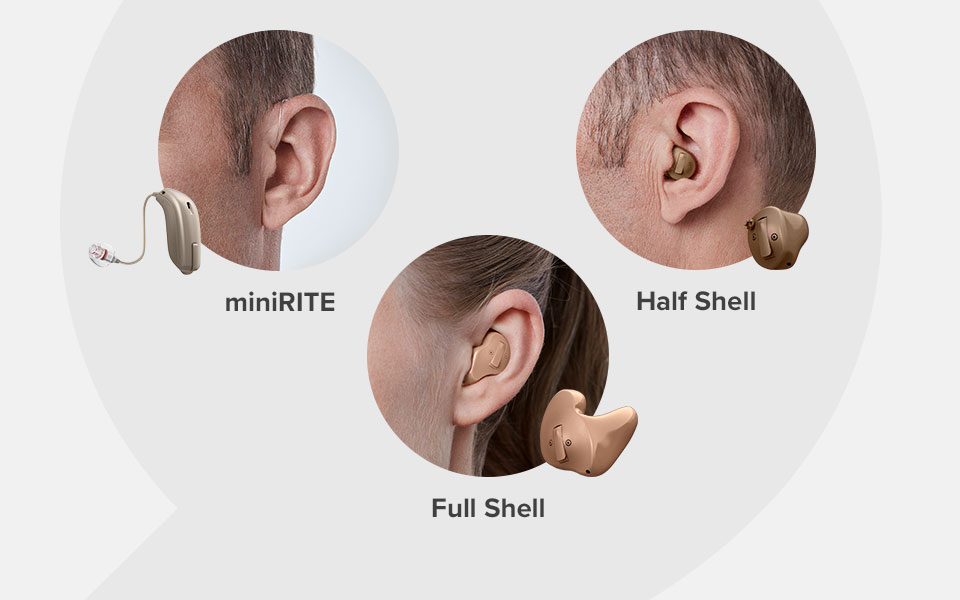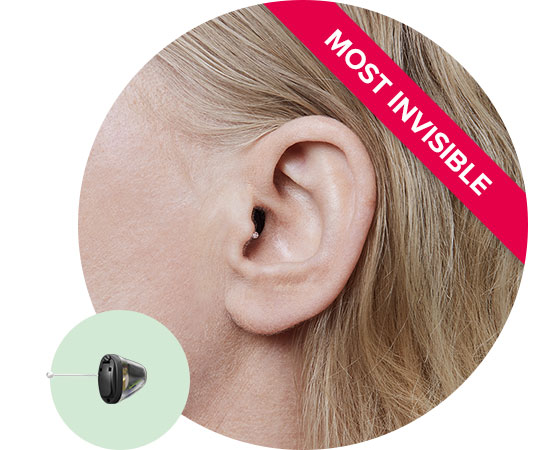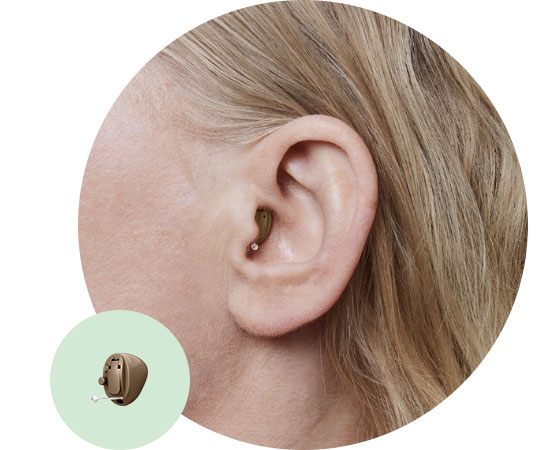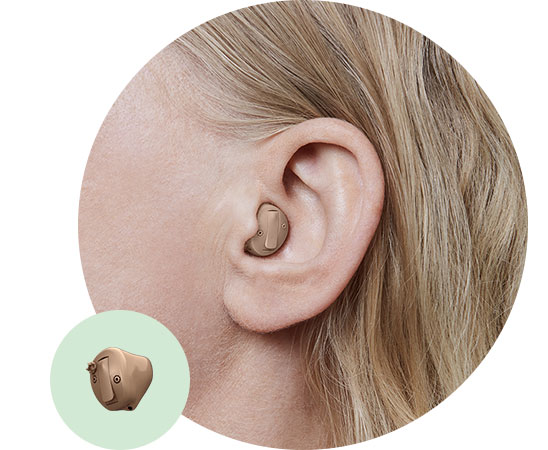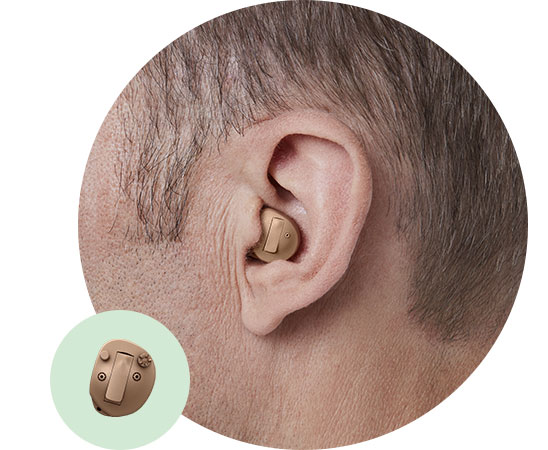When cleaning an ITE hearing aid, follow these steps:
1. Focus your cleaning on the openings in the device including the microphone ports using a soft-bristle toothbrush or a brush provided by your hearing healthcare professional to clear away built up wax. Hold the device with the opening you are cleaning facing downward so any loose particles will fall out of the hearing aid instead of staying lodged inside.
2. Using a soft-bristle toothbrush or other small brush, focus on cleaning any openings in the device (including the microphone ports). This will clear away any build-up wax. As you clean, hold any openings on the device downwards to that any loose particles fall out of the hearing aid.
3. Next, use a wax pick or hook to clear anything out of the holes that didn’t come out with the brush.
4. Finish by wiping the entire device with a clean, dry cloth or tissue. This will remove debris from the surface of the hearing aid.
View instructional videos on how to clean your in-the-ear hearing aids.



